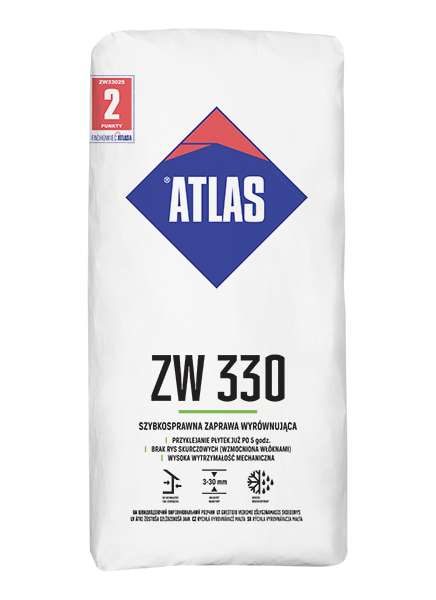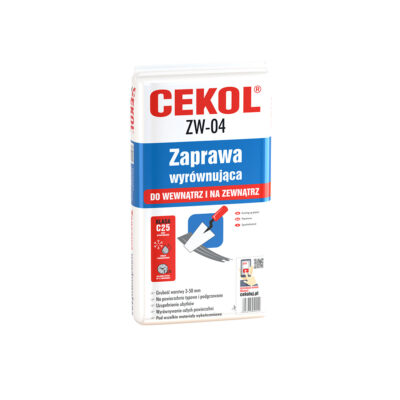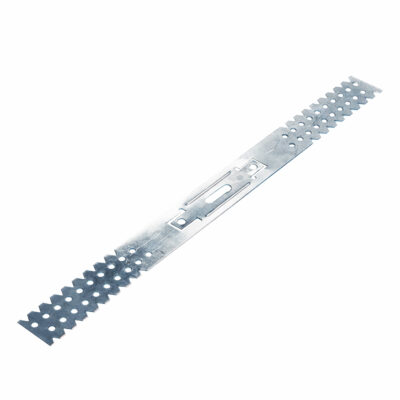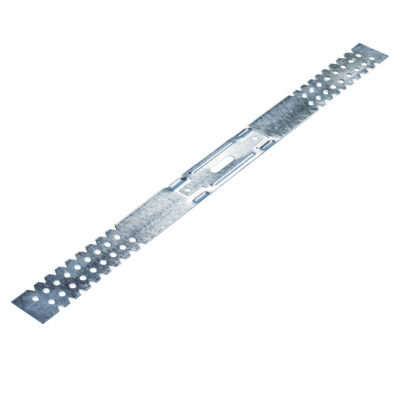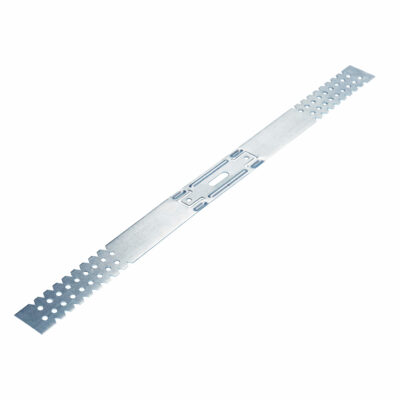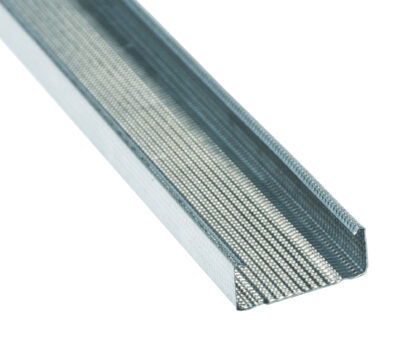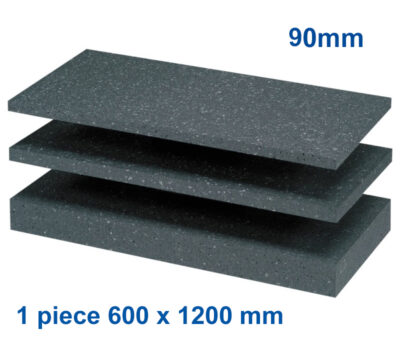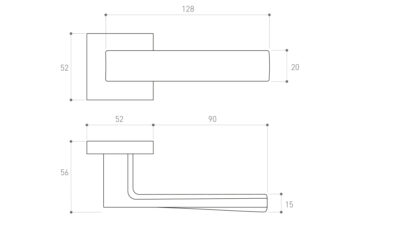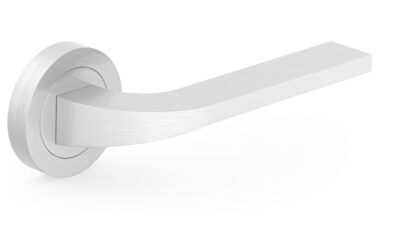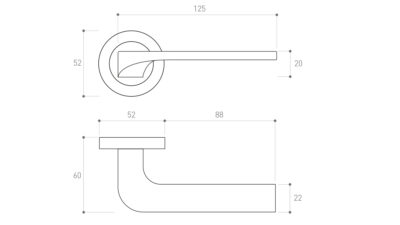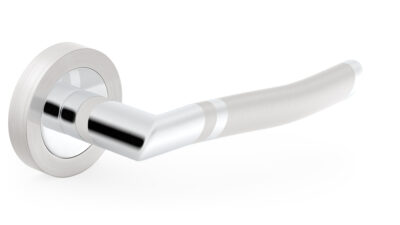Description:
- Repairing building substrates inside and out:
- Making subfloors bonded to the subfloor.
- Type of substrate to be repaired – cement and cement-lime plaster, concrete, aerated concrete, cement screeds, as well as unplastered brick and ceramic or silicate block walls.
- • Type of finishing layer – ceramic tile cladding, plaster, thin layer plaster, floor panels, etc.
Main properties:
- Allows a very quick start to subsequent work – under normal conditions, the tiles can be laid after approx. 5 hours (at a layer thickness of 5 mm).
- by leveling up the surface prior to tiling or screed, the consumption of the more expensive products like tile adhesives can be reduced
- perfect texture – the working parameters ensure easy application and the desired filling of cavities in the repaired surface.
- Reinforced with polypropylene fibres that:
– reduce cracks resulting from shrinkage during mortar setting,
– allow thicker layers of mortar to be applied to vertical surfaces without the run-off effect,
– the water is distributed evenly during drying - A wide range of layer thicknesses – from 3 to 30 mm in one pass – moreover, when mixed with quartz sand (grain size up to 2 mm) at a weight ratio of 1:4 (sand : dry mortar), layer thicknesses of 31 mm to 60 mm can be achieved (when filling cavities and levelling horizontal surfaces).
Main characteristics:
layer thickness: 3-30 mm
compression strength: min. 20,0 MPa
Consumption:
The average consumption is 15 kg per 1m2, for 10 mm thickness.





